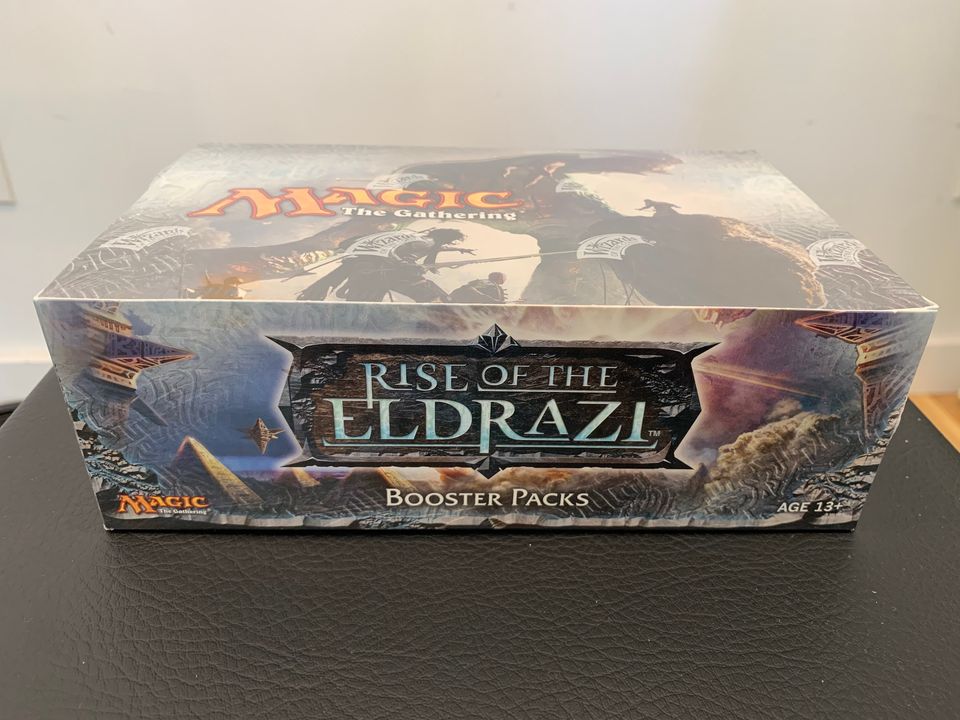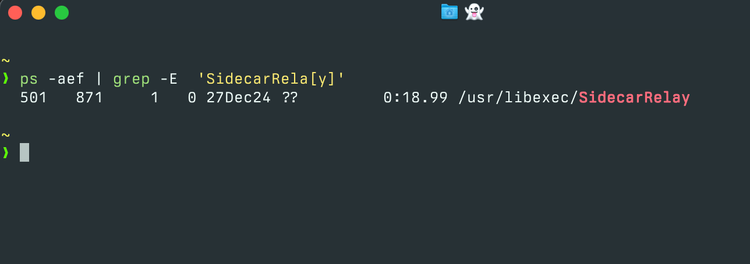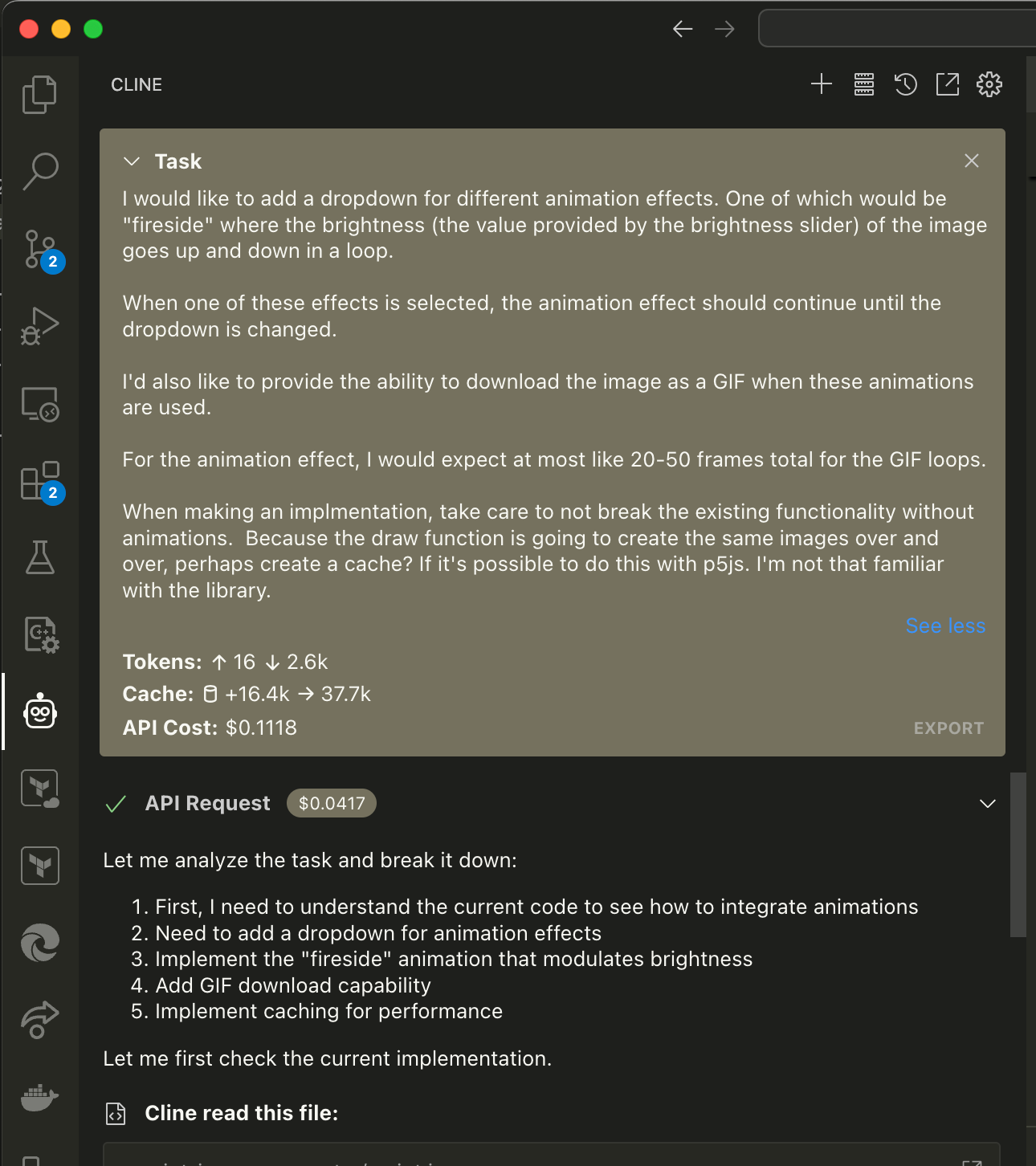How To Invest in Collectible Card Games

In recent years the popularity of card games has exploded. Thanks in part to Logan Paul's opening of sealed Pokémon product from the 1990s, as well as Post Malone's open affection for Magic: The Gathering, popular interest in speculating in collectible card games has been renewed.
Collectible card games are relatively new - most of the card games seeing surging interest were released in the 1990s. Game stores as well as avid collectors that have cards or sealed boxes of product from this era have experienced a significant financial gain as the supply of the product dwindles against rising speculator demand.
how do I make money in collectible card games?
The money made in collectible card games is buying low and selling high.
There's two general product categories of collectible card games:
- Single Cards - individual cards, either 'raw' or 'slabbed' (in a BGS/PSA plastic container)
- Sealed Product - sealed boxes of booster packs
single cards
Buying "rare" single cards from older (20+ years) sets and holding onto them has historically performed very well. For the rarest cards in the Pokémon base set they can command prices of tens if not hundreds of thousands of dollars. A decade ago this would be seen as pretty outrageous.
Similarly, cards from Magic in the early 1990s are pretty rare, especially so if they're in good condition.
Given that the price of entry for buying a single card from this era is out of reach for most people, it will remain dominated by wealthy collectors as well as those looking to diversify their assets. Collectibles can be thought of as an extension of the art market in this respect.
If you have the money to buy a $10,000 slabbed card, you can consider doing so - just know that you'll have to pay a significant amount in transaction costs when you go to sell, and the valuation will fluctuate dramatically.
sealed product
For business owners running hobby/collectible shops that had a few boxes of extra product accumulated over the years, sealed booster boxes have performed fairly well.
The example that continues to come to mind is a box of Rise of the Eldrazi booster packs. Upon release in 2010 a booster box at retail would be ~$110. At the time of writing this article, it's in the neighborhood of $1700.

This is a surprising return for a box of cardboard. Let's discuss sealed product further.
the sealed product market
New product is released by the game publisher to distributors at a wholesale price. The distributors add their markup and sell to retailers, who add their markup and sell to the public.
New product is constantly put out by the game publisher - Wizards of the Coast, who publishes Magic, puts out at least 4 sets a year along with 2-3 sets of supplementary product. The print runs of these products are calibrated to hopefully maximize profit for Wizards while not leaving huge amounts of inventory sitting in the supply chain.
Prices for the product on the secondary market are determined by supply and demand. The publisher tries to have hit after hit, but they periodically will screw up and a product will underperform. Hype for a new set can push booster box prices above expected MSRP, but after the hype subsides the price usually tanks, especially if the set is a "print-to-demand" set.
If you're hoping to buy a box and quickly flip it, it may work out, it may not. It's going to come down to timing, and furthermore you'll need to deal with taxes, shipping costs, and transaction fees.
If you want to make money you are usually better off buying a box, holding on it, and waiting.
Once more, buy-and-hold ends up being the highest-likelihood winning strategy.
When it's time to sell, you can use one of the many online marketplaces dealing in collectibles, list it, wait for a buyer, pay the fees, and move on to your next investment. Time to sell may need to be years away, however, so do not put any money into this that you anticipate needing very soon.
how do I buy in?
buying single cards
Single cards can be bought from a variety of online marketplaces. Your biggest concern is getting scammed by counterfeit cards, which are ubiquitous. If you don't have experience buying older cards, first perform research about identifying counterfeits and consider purchasing some low-value bulk cards from a similar set/era to compare against.
You can use those cards to help develop a feel for whether or not a card is legitimate or not.
Alternatively, you can invest in graded (aka slabbed) cards from BGS or PSA. These companies provide professional grading services for cards on a 1-10 point scale. Higher grades are rarer, so they're more expensive.
When considering to buy single cards, whether raw or graded, you should ask yourself:
- Is this card going to become more scarce over time?
- Does this card have special appeal relative to the other cards in the set/of that era? Is it iconic?
- Will this card be reprinted in a newer set? Reprints are a huge headwind against a card appreciating in value. Game publishers usually put the older sets "off-limits" from reprints in order to preserve their value, but that's not always for certain.
In general the cards that are expensive and sought after today will continue to be expensive and sought after in the future, while a scarce few cards printed in newer sets will be sought after.
buying sealed product
Compared to buying single cards, buying sealed product is relatively simple. You buy a sealed box of product, ideally from a reputable seller, and wait. Over time the boxes of sealed product get opened and hoarded by collectors. Supply dwindles, demand dips and then rises slowly over time.
The market value of the sealed box creeps up as they become more scarce.
This phenomenon even holds true for sets that objectively aren't very good. The expected value of the cards in the set diverges from the market value of the sealed box. This happens because there are usually some chase rare cards in the box that are sought after.
No one knows if those chase rares are in the box or not, because it's sealed. A treasure chest worth more if kept sealed. This makes sealed product 'fun' to hold.
You can buy sealed product from physical retailers or from online distributors. Paying between $80-$90 would be fair for an in-print sealed booster box of Magic. In 2-3 years you would expect these box prices to be closer to $110-$130. Waiting 2 years to make $40 is uninteresting, but the ROI is better than expected.
If you were to buy cases or pallets of product, it would start to get interesting.
re-sealing scams
A new concern in recent months is the re-sealing of boxes. Normally this was crude and easier to detect, but there's widespread reports of 3rd party sellers selling re-sealed boxes on well-known e-commerce sites. This seems to be limited to expensive supplementary products, but there's a strong possibility resealed boxes of older sets will emerge. Be sure to buy from a reputable vendor.
should I invest in collectible card games?
I would recommend ignoring this asset class and invest if all conditions hold:
- your financial situation is stable
- own a home and/or have a substantial stock portfolio
- have experience investing in other, more common, assets
The defects of this asset class as an investment are numerous:
Inefficient tax treatment
The IRS taxes collectibles at a maximum rate of 28%, higher than that for other investments. You may be able to recategorize that, but you'd need to talk to an accountant.
Illiquid market
There's not a lot of buyers and sellers for older product at any given time. The spreads for buying and selling product get wider over time, although the prices of sealed product generally goes up. When it's time to sell you are not likely to get the best price.
Transaction costs
You have to pay transaction costs if using eBay or another platform like PWCC. Lots of scammers exist on these platforms, and you may need to pay for insurance to ensure you're not getting defrauded. You'll have pack the boxes and pay for shipping when you're selling.
Holding costs
Boxes of cardboard provide no cash flow, and they take up space. You'll want to keep them in a cool and dry place. Your homeowner's insurance likely does not cover collectibles over a certain dollar amount, so you'll have to consider that as well.
the only reason to invest in collectible card games
Do it if you really like the game and you get joy out of it.
Collectibles have value because they take people back to another time - they're a piece of history that connects the collector with the past. The nostalgia of holding something kept sealed for 25 years is magical.
Other assets are easier to invest in, but holding a physical object in your hands will never get old.


